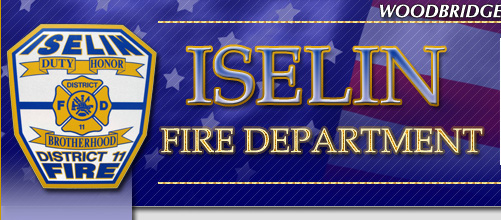| Fires can happen anywhere at any time, so it's important to understand how to keep yourself, your home and your workplace safe. When a fire happens, every second counts. Fires can spread rapidly and very quickly become a danger to people and property. One key part of responding to a fire can be using a fire extinguisher to put it out. While it may not always make sense to use a fire extinguisher, if you can, doing so can bring the fire to a quick end.
Should You Use a Fire Extinguisher?
Before you reach for a fire extinguisher, consider these questions:
• Have you already alerted both the fire department and everyone else in the building that there's a fire?
• Do you know how to use a fire extinguisher, and are you physically able to do so?
• Is the fire small enough to put out yourself?
• Can you safely put out the fire without choking on toxic fumes or smoke?
• Do you have a clear path to escape if you can't put out the fire?
If you can answer "yes" to all of these questions, it's worth grabbing the fire extinguisher. If not, evacuate and let the fire department handle it.
How to Use a Fire Extinguisher: The PASS Method
When you need to use a fire extinguisher, the acronym "PASS" can help you remember what to do. It stands for "pull, aim, squeeze, and sweep." Following these four steps can help you to put out the fire.
1. Pull the pin on the fire extinguisher.
2. Aim the nozzle at the base of the flames, where the burning material is.
3. Squeeze the handle to begin spraying the extinguisher.
4. Sweep the nozzle from side to side, moving closer as the flames go out.
Once the fire is out, keep an eye on the area, just in case it reignites.
Fire Extinguisher Maintenance
Fire extinguishers can be an essential safety device, but they're only useful if they're in good working order. Inspect and maintain your fire extinguishers regularly so that they're ready when you need them.
• Make sure that extinguishers are placed where they're easy to reach in an emergency.
• Check the pressure gauge to make sure that it still has enough pressure.
• Look it over for signs of corrosion or other damage.
• Clean the outside of the extinguisher so it's free of dust or oil that could make it hard to grab quickly. |


